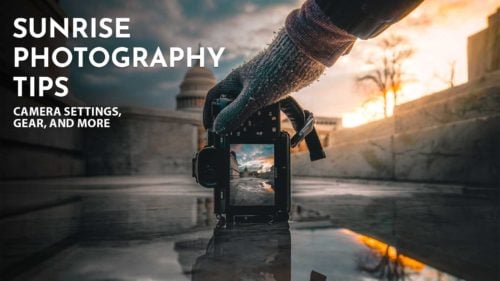Emphasis in photography is all about capturing the viewer’s attention and directing it toward a specific subject or focal point. Through various techniques, photographers can create images that tell a story, evoke emotions, or simply highlight the beauty of their chosen subject.
In this blog post, we’ll explore the concept of emphasis in photography and its importance in creating visually stunning images. We’ll discuss various techniques that can help photographers achieve the desired emphasis in their work, ensuring that their images stand out and leave a lasting impression on the viewer.
So, let’s dive in and discover the power of emphasis in photography.
Table of contents
Understanding Emphasis in Photography
As a photographer, emphasis is one of the most essential concepts to grasp. Emphasis in photography refers to the way that a photographer draws attention to specific elements within a photograph. By doing so, the photographer creates a focal point and highlights the most crucial aspects of the image. This is done through many ways including composition, framing, color, depth of field, and contrast.
Think of emphasis as drawing the viewer’s eye to a specific point in your photograph.
Importance of Emphasis in Photography
As a photographer, you want to create images that capture the attention of your viewers and evoke emotions. One way to achieve this is by using emphasis in your compositions. Emphasis is the technique of directing the viewer’s attention to a specific element in the photograph. If you are familiar with art and design a lot of the same rules apply.
In this section, we will discuss the importance of emphasis in photography and how it can enhance your visual storytelling.
Creating Focal Points

Creating a focal point is a common technique used to emphasize a subject in a photograph. A focal point is the primary element in the image that draws the viewer’s attention. It can be a person, object, or even a specific area in the photograph. By creating a clear focal point, you can guide the viewer’s eye to the subject and create a more engaging image.
To create a focal point, you can use various techniques such as using a shallow depth of field to blur the background or using leading lines that direct the viewer’s eye towards the subject. You can also use contrast, color, or lighting to make the focal point stand out from the rest of the image.
Directing Viewer’s Eye
Emphasis can also be used to direct the viewer’s eye through the photograph. By strategically placing elements in the image, you can create a visual path that guides the viewer from one element to another. This technique is often used to tell a story or create a sense of movement in the image.
To direct the viewer’s eye, you can use various techniques such as leading lines, repetition, or contrast. You can also use the rule of thirds to create a more balanced composition and guide the viewer’s eye towards the subject.
Enhancing Visual Storytelling
Emphasis is an essential tool in visual storytelling. It allows you to communicate your message and evoke emotions through your images. By emphasizing specific elements in the photograph, you can create a more powerful and engaging story.
For example, if you are photographing a person, you can emphasize their facial expression or body language to convey their emotions. You can also use emphasis to highlight important details in the image that help tell the story.
Techniques for Creating Emphasis in Photography
As a photographer, you want to create images that are visually compelling and communicate a message to your audience. One of the ways to achieve this is by using emphasis. Emphasis is the technique of drawing attention to a specific element or subject in your photograph.
Here are 7 ways to create emphasis in photography:
1. Contrast

One of the most effective ways to create emphasis in photography is by using contrast. Contrast refers to the difference between the light and dark areas in your photograph. By placing a light subject against a dark background or vice versa, you can create a strong contrast that draws the viewer’s eye to the subject using visual weight.
Lighting and shadows can also be used to create emphasis in photography. By using directional light, you can create shadows that draw attention to the subject. For example, having your subject stand in front of a window can create a dramatic effect. Using a silhouette in a high contrast situation is a great way to make your subject pop in a frame.
2. Colors
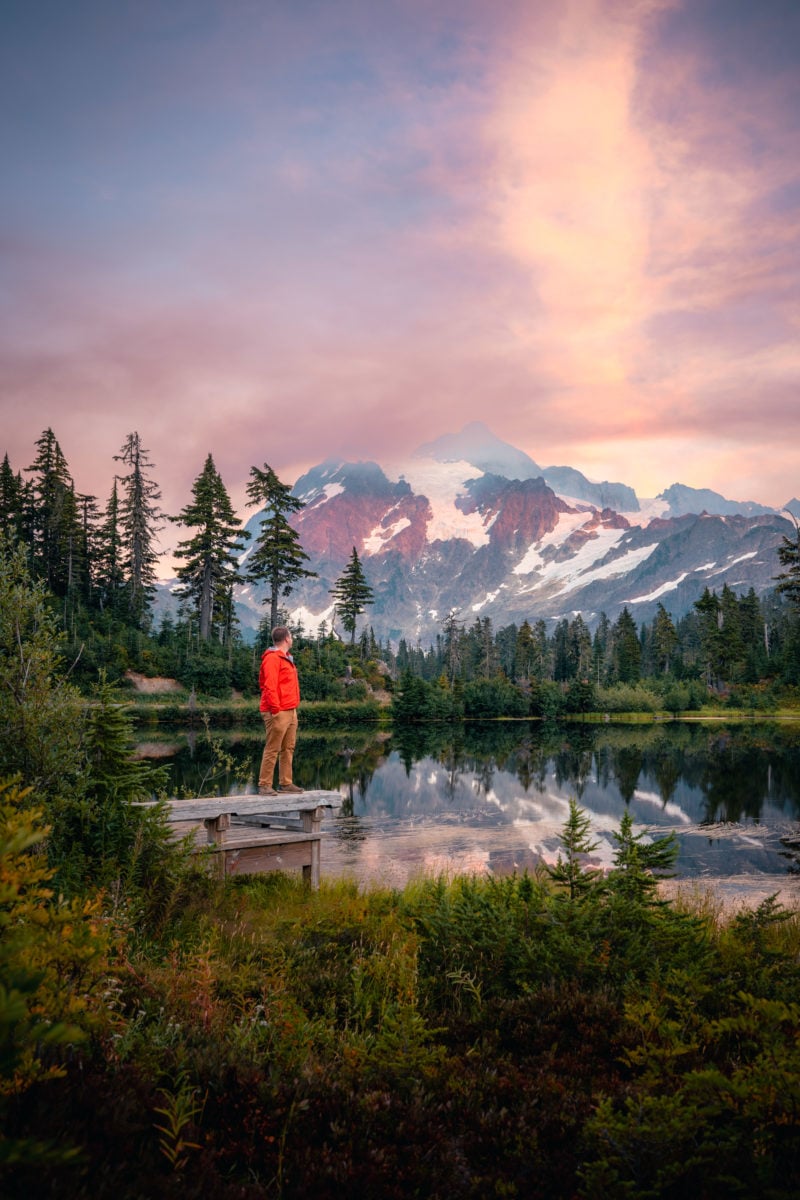
Colors can also be used to create emphasis in photos. Bright, bold colors are more likely to catch the viewer’s attention than muted colors. You can use the color of your subject to contrast with the background or use complementary colors to create a harmonious image.
It can be more than just a pop of color. Learning color theory and the color wheel you explore different ways to use color in your images. For example orange and teal our complimentary colors and are often featured together in photographs. Color schemes are a great way to create an emphasized area in your photograph.
3. Depth of Field
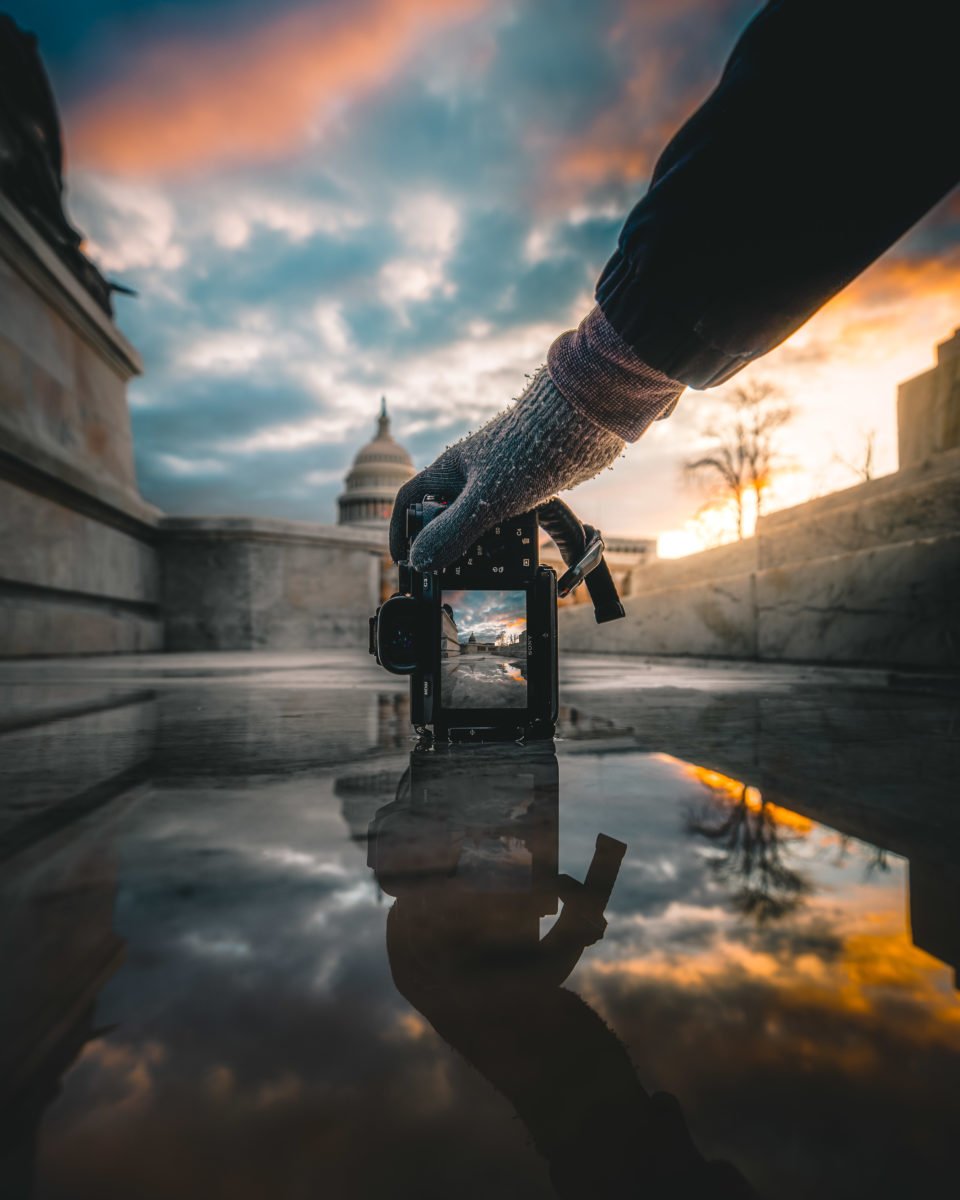
Depth of field refers to the area of the image that is in focus. By using a shallow depth of field, you can create a blurred background that draws attention to the subject in the foreground. This technique works well for portraits and still life photography. You’ll likely need a lens with a low f-stop like f/1.8 to create a large separation between the background and your subject.
On the other hand, a deep depth of field can be used to create emphasis on the entire scene. This works well for landscape photography, where you want to show the entire environment in sharp focus.
4. Framing and Composition
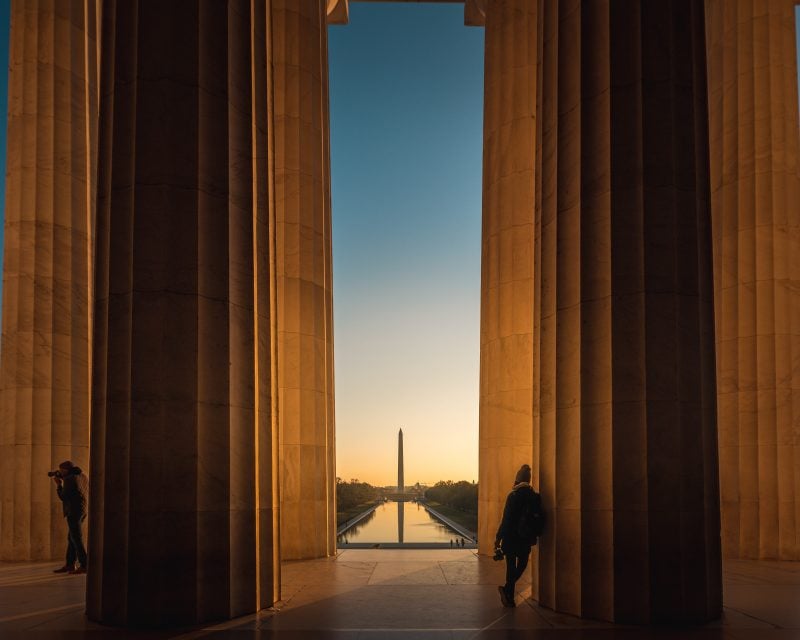
Framing and composition are important elements in creating emphasis in photography. By using framing, you can draw attention to the subject by placing it within a frame. This can be achieved by using natural elements such as trees or windows.
5. The Rule of Thirds or the Golden Grid

Learning photography composition rules is a great way to emphasize a photo. The placement of the main subject within the photograph can also create emphasis. By positioning the subject off-center or using the rule of thirds, the viewer’s eye is naturally drawn to the subject.
6. Leading Lines

Leading lines are a composition technique that guides the viewer’s eye through the frame towards the main subject, creating emphasis and visual interest. By strategically placing lines such as roads, fences, or natural elements, photographers can add depth, direction, and movement to their images.
7. Texture

Texture in photography can be a powerful tool to create emphasis and add depth to an image. By capturing the fine details and tactile qualities of a subject, such as the roughness of a tree bark or the smoothness of a glass surface, photographers can evoke a sense of touch and engage viewers on a more sensory level.
The use of texture can draw attention to certain aspects of a photograph, emphasizing their importance and making them visually striking. Whether it’s the intricate patterns of a cobblestone street or the ruggedness of a mountain range, texture can enhance the overall composition and storytelling in photography.
By using contrast and colors, depth of field, framing and composition, lighting and shadows, other techniques discussed you can draw attention to your subject and create images that communicate a message to your audience.
Examples of Emphasis in Photography
As a photographer, it is essential to understand the concept of emphasis in photography. Emphasis is a technique of drawing attention to a specific subject or element in an image. It helps to create a focal point, convey a message, and evoke emotions. Here are some examples of how emphasis is used in various types of photography.
Portrait Photography

Portrait photography is all about capturing the essence of a person. Emphasis is used to highlight the subject’s features, expressions, and emotions.
For example, a photographer may use a shallow depth of field to blur the background and bring the subject into focus. Alternatively, a photographer may use lighting to create shadows that emphasize the subject’s facial structure. The use of props and poses can also create emphasis and help tell a story about the subject.
Landscape Photography
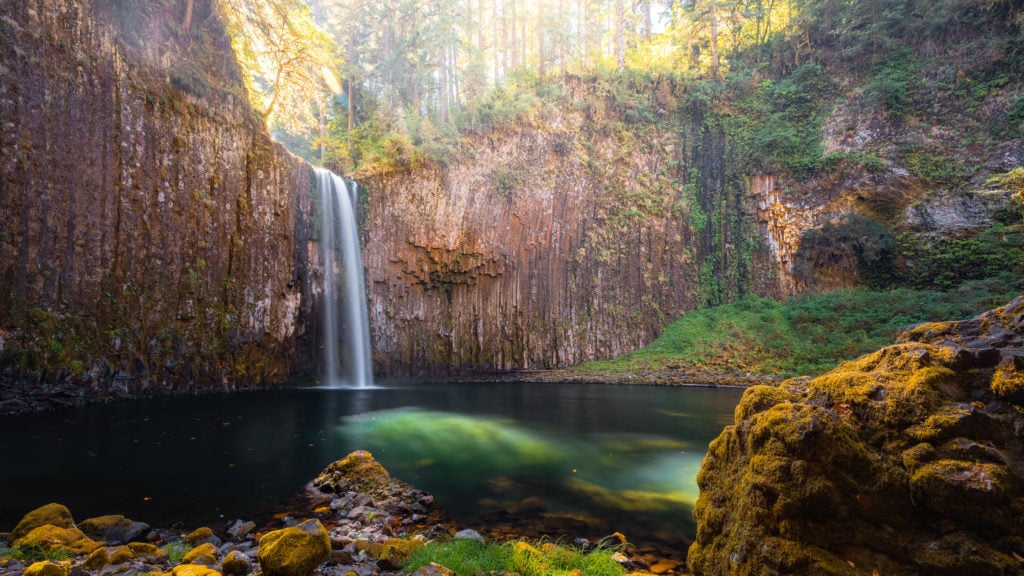
Landscape photography is about capturing the beauty of nature. Emphasis is used to highlight the most striking elements of the landscape. For example, a photographer may use leading lines to draw the viewer’s eye towards a specific point of interest, such as a mountain or a waterfall. Alternatively, a photographer may use contrast to emphasize the difference between light and dark areas in the image. The use of color can also create emphasis and evoke emotions in the viewer.
Wildlife Photography
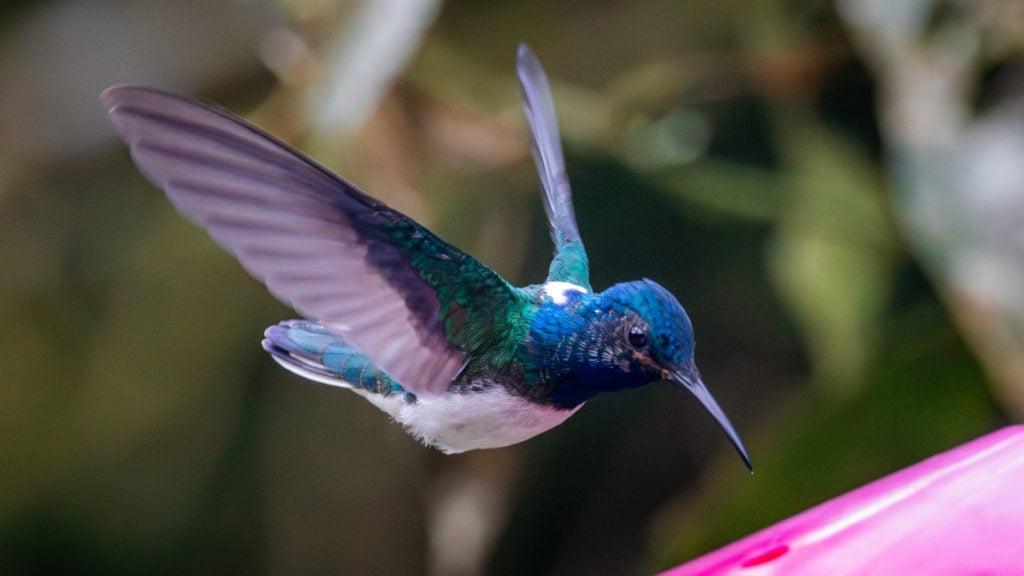
Wildlife photography is about capturing the behavior and beauty of animals in their natural habitat. Emphasis is used to highlight the animal’s features, movements, and environment. For example, a photographer may use a fast shutter speed to freeze the animal’s motion and create a sense of action. Alternatively, a photographer may use a wide-angle lens to capture the animal’s surroundings and show its place in the ecosystem. The use of perspective and composition can also create emphasis and tell a story about the animal’s behavior.
Conclusion
When it comes to photography, emphasis plays a critical role in creating visually captivating images. By using techniques such as depth of field, color contrasts, and rule of thirds, photographers can effectively draw attention to their subjects and create a sense of focus.
Additionally, incorporating elements like leading lines, framing, and negative space can further enhance the visual impact of a photograph. Ultimately, understanding and applying the concept of emphasis can elevate an image from ordinary to extraordinary, leaving a lasting impression on the viewer.
So, explore these techniques and find the perfect balance to make your photographs truly stand out. If you enjoyed this post you’ll probably also enjoy reading about the importance of photography.



